Headed to Aruba for the first time? These Aruba travel tips will help you have the best first experience on the happiest island in the Caribbean!
If you’re anything like me, you’d been hearing glowing reports about Aruba long before you started planning your first trip there. I couldn’t believe how many people I knew had visited Aruba, and it seemed like every single one of them was head-over-heels in love with this little island in the southern Caribbean!
When my mom, sister, and I arrived for our third mother-daughter trip last winter, it didn’t take us long to see why. We had a fantastic time during our week in Aruba, which was spent lazing about on world-class beaches, dining on incredibly fresh (and delicious) seafood, traversing the island in search of hidden coves and cultural landmarks, and setting sail for snorkeling and sunsets.
Today, I want to share some Aruba travel tips that we learned after our first trip to the island. I hope that they’re helpful as you plan and embark on your own Aruban adventure!
And if you want even more Aruba content, make sure to check out the following blog posts for lots of additional tips, inspiration, and advice!
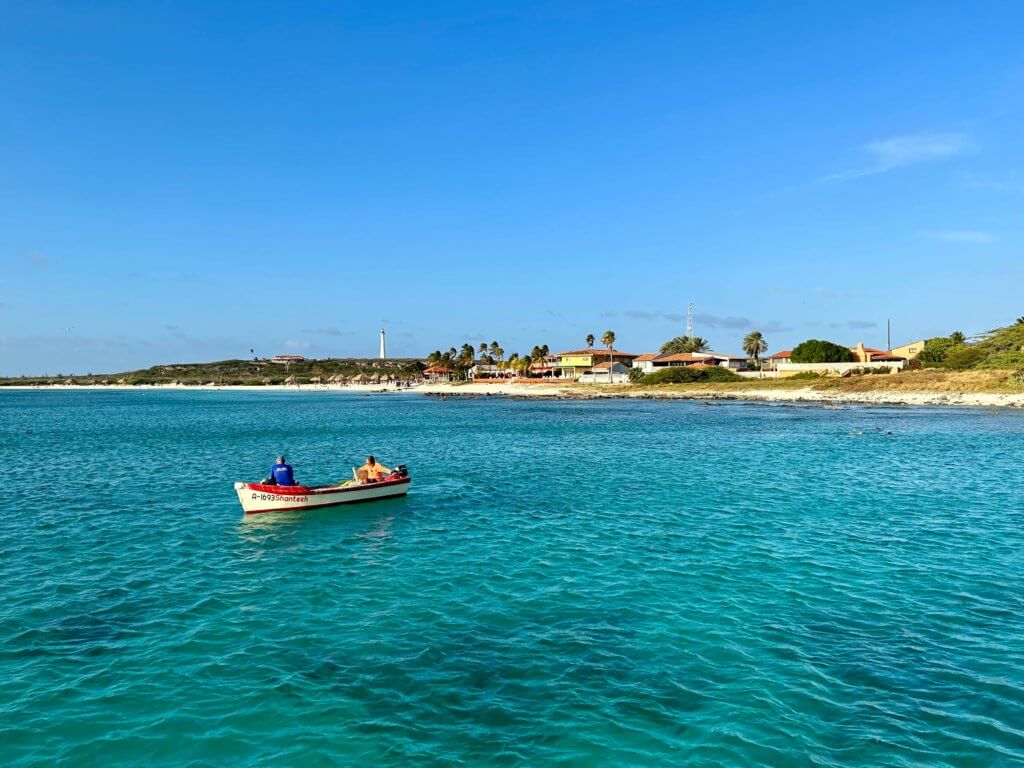
Aruba Travel Tips for First-Time Visitors
DO: Fill out your travel questionnaire early.
Like many countries, Aruba mandates that visitors fill out some paperwork before arriving on the island. Unlike many countries, however, Aruba requires that this paperwork be completed and submitted before you even board your flight.
All non-resident travelers (including minors and infants) must complete the Embarkation and Disembarkation (ED) card up to a week before your arrival date, and I recommend doing so as soon as possible. Not only will you not be able to check in for your flight without it (even online or through your website’s app), but you’ll also save yourself some time and stress during those final pre-vacation prep days. You’ll also avoid the hassle of having to frantically complete the card at the gate while everyone else boards before you (and snags all that overhead bin space).
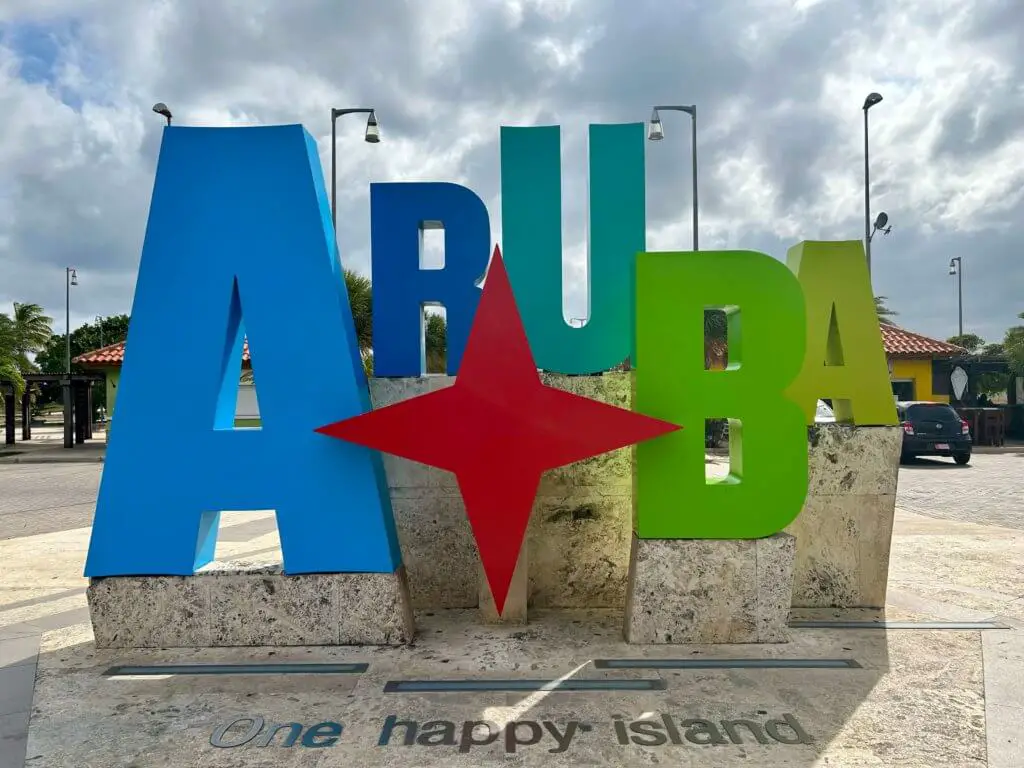
DON'T: Bring sunscreen containing oxybenzone.
A couple of years ago, Aruba enacted a total ban on sunscreens containing the chemical compound oxybenzone, which is harmful to coral reefs. Make sure to pack reef-safe sunscreen to avoid a fine and help protect the island’s fragile underwater environments.
When choosing your sunscreen, remember that the sun is very strong in Aruba. Everyone we encountered recommended using at least SPF 50!
More information and brand suggestions are available in my Aruba packing list.

DO: Take advantage of supermarkets.
While there are plenty of great restaurants on Aruba, it’s not cheap to dine out on the island – especially for three meals per day! One of the best ways to save money on food is to utilize one of the many supermarkets to stock up on snacks, breakfast items, and more. By self-catering our own breakfasts in our kitchen at Amsterdam Manor Beach Resort, we saved at least $30-$50 per day between the three of us.
One of the best places to stock up is Super Food, a massive shopping center near Eagle Beach that not only sells groceries but also wine and liquor, health and beauty items, toys, home and garden supplies, and more. There’s even a small, reasonably-priced cafe that, according to one taxi driver we met, has pretty tasty food. Other, smaller grocery stores are scattered across the island, as well.

DON'T: Be afraid to drink the tap water.
It’s always a plus to travel to a destination where the tap water is safe to drink! Because there are no naturally-occurring freshwater sources on this arid island, all of Aruba’s drinking water is obtained through the desalination of seawater. This renders any water from any tap on the island safe and potable. So go ahead and skip the wasteful bottled water in favor of a reusable water bottle, enjoy some ice in your drinks, and brush your teeth with confidence!
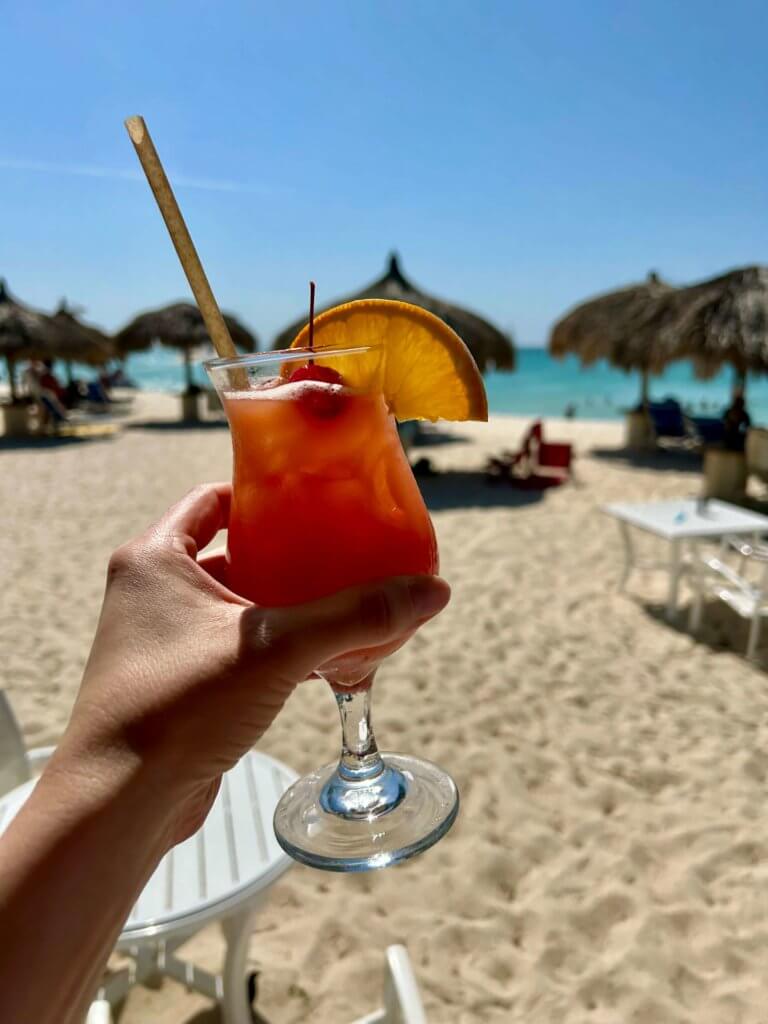
DO: Venture outside the resort areas.
Aruba is known for its gorgeous beaches, luxurious hotels, delicious food scene, and great shopping, and most of those attractions are clustered along the northwestern coast. The so-called “high rise” and “low rise” areas boast dozens of hotels and resorts, glistening stretches of sand, and plenty of things to do. It would be easy to spend your whole vacation in those locales and not regret a thing!
But the resort areas represent only a small part of the island, and some would say an inauthentic one. If you never venture outside of the districts created for tourists, you’ll miss out on getting to know Aruba at its core, and some would say its most beautiful.
Enjoy your resort, yes, but make sure to take a day or two to check out what else this unique island has to offer! Some of the best things to do outside of the resort areas are to meander through colorful downtown Oranjestad, explore the rugged northern coast, visit Arikok National Park, and take a day trip down to the thriving city of San Nicolas.
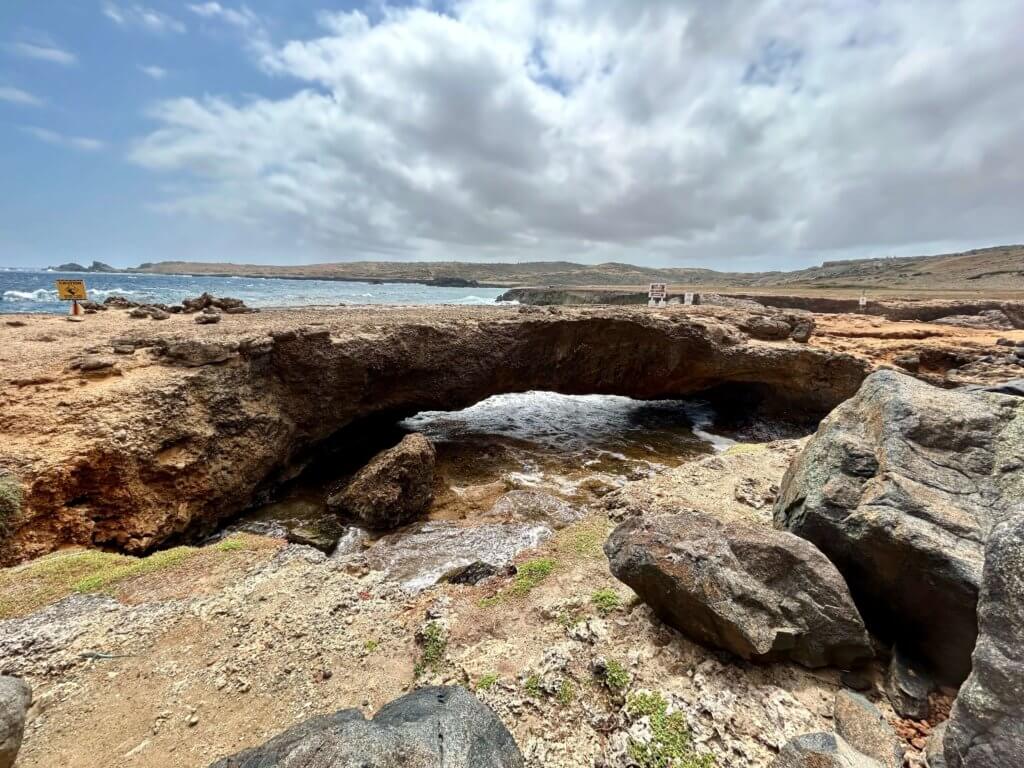
DON'T: Try to do it all.
Because Aruba is such a small island, it can be tempting to think that you can or should be able to do absolutely everything in a weeklong vacation. While it’s true that you can see a lot of Aruba in a week, you’re also doing yourself a disservice if you run yourself ragged chasing every experience this island has to offer and miss out on one of the best things to do in Aruba: NOTHING.
With gorgeous beaches, perfect temperatures, and readily available fruit smoothies and rum punches, Aruba is the perfect place to relax and let the stresses of everyday life melt away into the sugary sand. Enjoy some adventures and exploration around the island, yes, but don’t miss the opportunity to revel in doing nothing productive on one of the Caribbean’s most beautiful beaches or in one of the island’s coziest hotels.
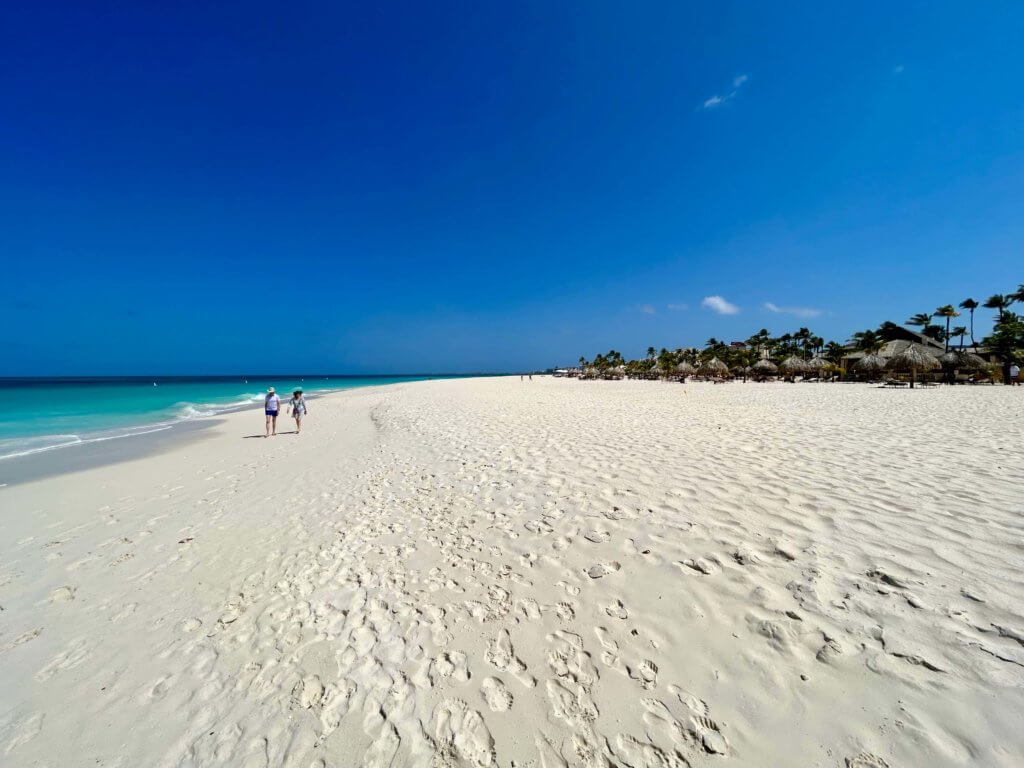
DO: Understand that visiting the famous Aruba flamingos is expensive... and may not be worth it.
If you’ve spent any time researching Aruba on social media, no doubt you’ve encountered plenty of photos of bright pink flamingos. You’ve probably seen them strolling the beaches, their stick-like legs in the sugary sand with a gorgeous turquoise sea behind… and maybe a smiling selfie-taker alongside.
Contrary to what social media would indicate, flamingos are not native to Aruba and there are only a handful of them on the island. They live on a private island owned by the Renaissance Wind Creek Aruba Resort (where can I sign up for that life?), and if you’re not a guest at the hotel you’ll need to purchase a Renaissance Island day pass to visit them. Availability is very limited, and the price tag is steep – about $125 per person – so staying at the resort is your best bet if seeing the flamingos is on your Aruba bucket list.
It’s a fun and unique experience to hang out with flamingos on a beautiful beach, and there are other attractions on the island as well, like the private beach, luxury private cabanas, a spa, and dining. That said, though, it’s up to you to decide if the hefty price tag for a day pass or the idea of being limited to one specific hotel for at least a night or two is worth it.
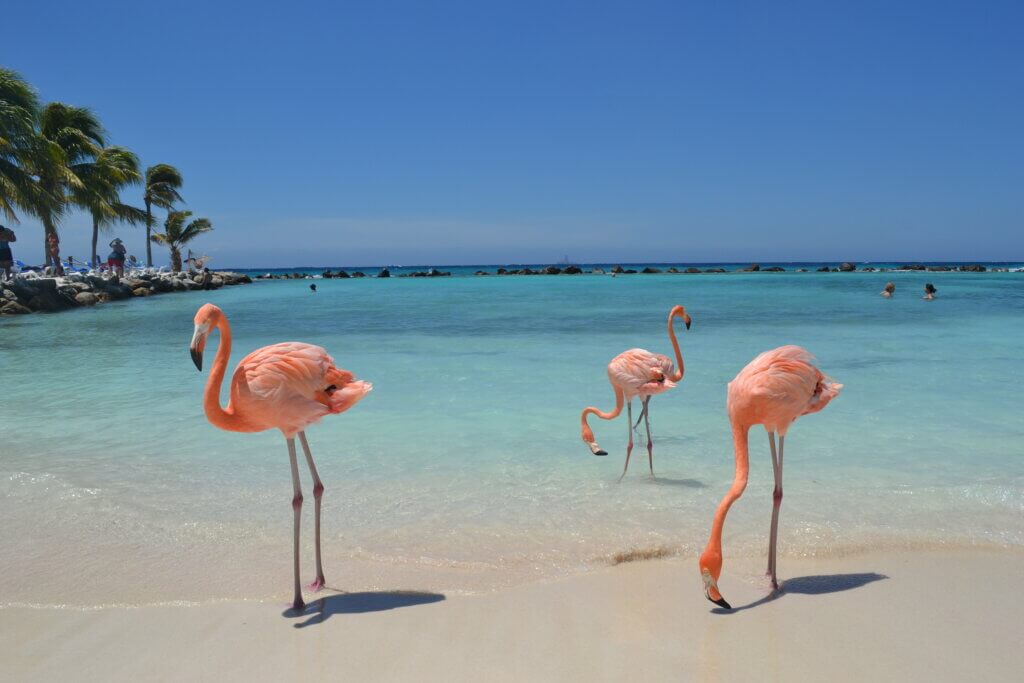
DON'T: Bother exchanging currency.
Although the official currency of Aruba is the Aruban florin, US dollars are so ubiquitous and widely-accepted that there’s really no need to use it. In fact, I didn’t even see an Aruban bill until our last day on the island, when I went to a casino cash window specifically to find florins to add to my currency collection.
You won’t have trouble using major credit cards in Aruba, but make sure to bring plenty of small bills (US dollars or Aruban florins) to use as tips, for taxi fares, at artisan and souvenir stalls, and for other small purchases.
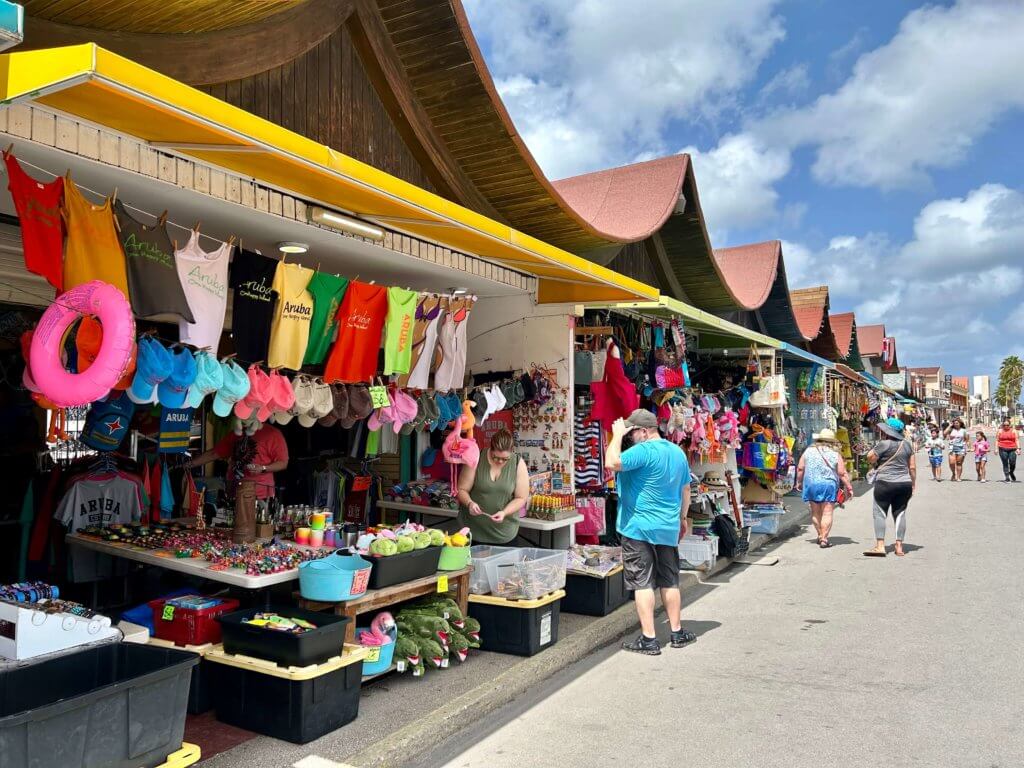
DO: Try to spend more than one day on the island.
Although many people experience Aruba as a part of a cruise, you’re selling yourself short if you only spend a few hours on the island. Sure, you can wander the colorful streets of Oranjestad, but you won’t get to try more than one or two of her numerous world-class restaurants. You can take an exciting off-roading tour along the northern coast, but you’ll do it at the expense of enjoying Aruba’s famous beaches. You can soak up the sun on Eagle Beach, but can you really, truly relax when you have the threat of missing your ship looming over you?
Giving yourself a long weekend – or better yet, a week – on Aruba allows you to experience so much more of what the island has to offer without rushing around to do so. And you can never have too many Aruba sunsets.
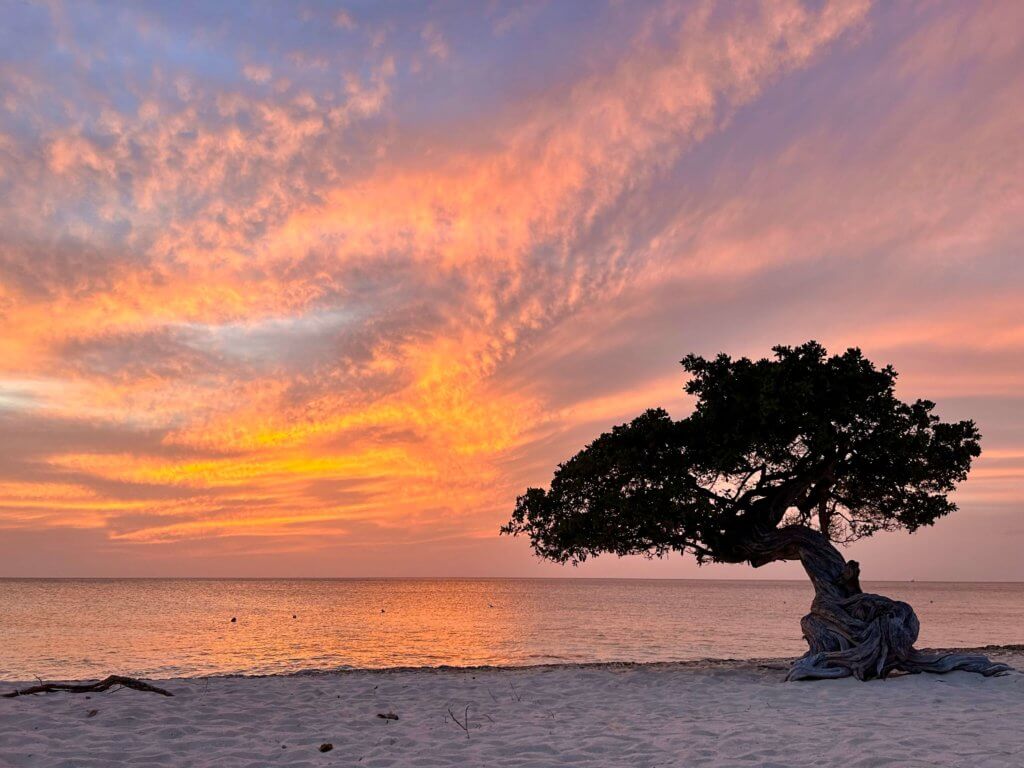
DON'T: Be surprised when you book a return trip.
Aruba has the highest rate of returning visitors in the entire Caribbean, with almost two-thirds of first-time guests coming back for a second visit. Beginning with our very first taxi ride between the airport and our hotel, cab drivers were constantly and confidently assuring us that this was only the first of many trips to Aruba.
With pristine beaches, glorious sunshine, cooling breezes, excellent dining and shopping, and some of the friendliest people in the world, it’s no wonder that Aruba draws people back again and again. Spend an hour basking in the sun on Eagle Beach, or a day exploring the wild wilderness of Arikok National Park, or an evening dining on the freshest seafood imaginable, and you might even be tempted to book your return trip before the first one has ended.
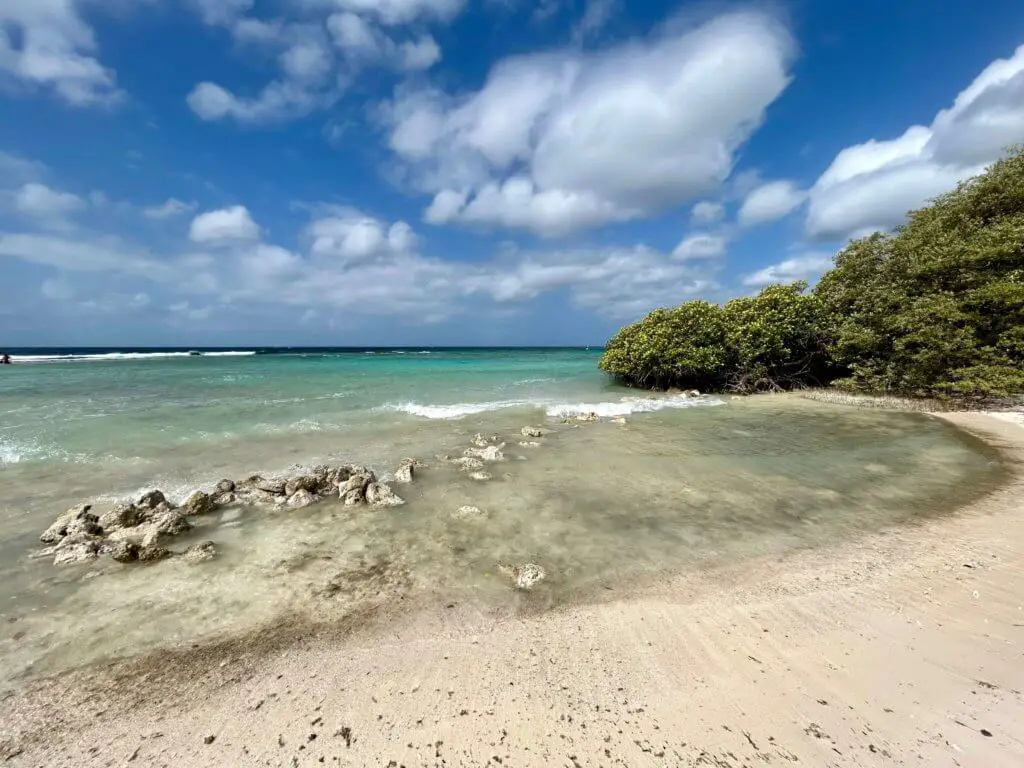
I hope these Aruba travel tips help make your first visit to this “One Happy Island” one of your best vacations yet!
Have questions about planning your trip? Have you been to Aruba and want to share some tips of your own? Let me know in the comments!
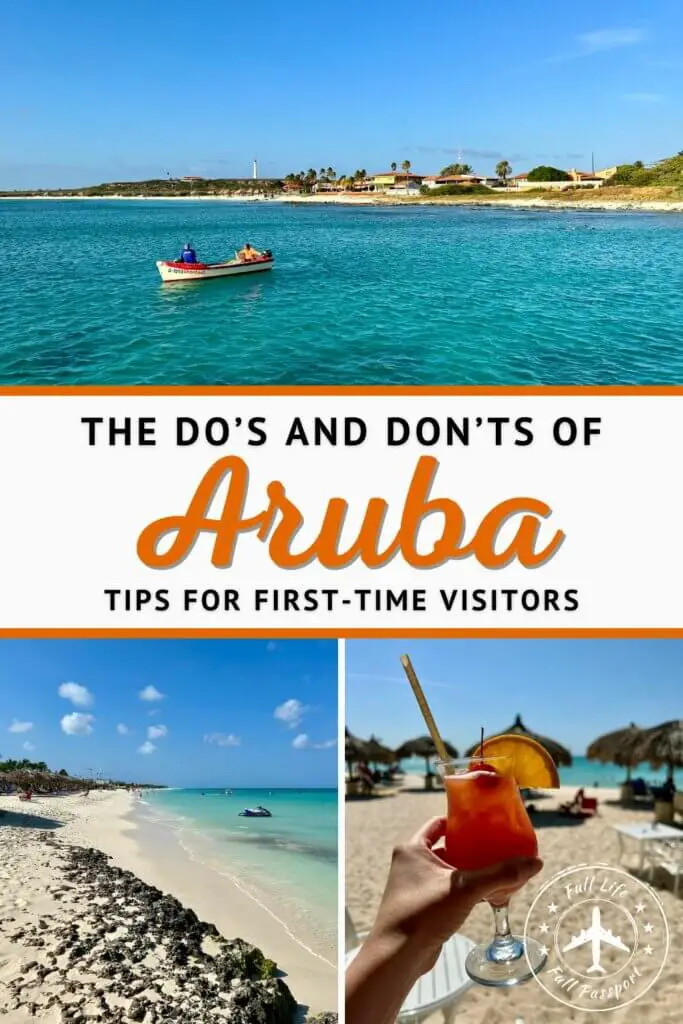
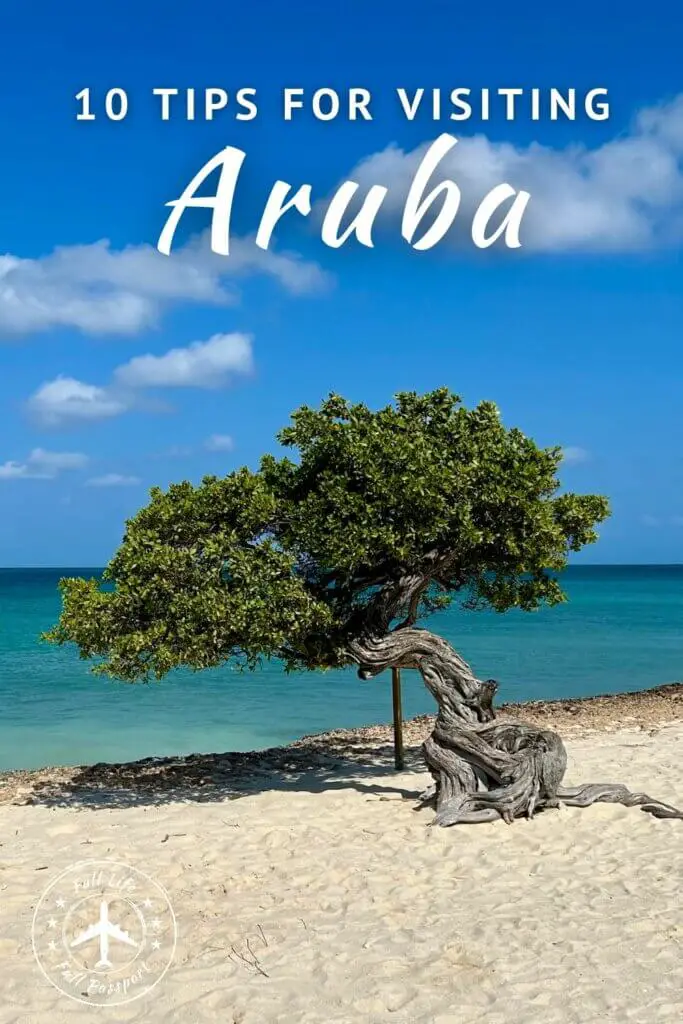
Like the post? Pin to save or share!
Read More:
Need some help planning your trip to Aruba? Full Life, Full Passport offers customized planning services for all kinds of vacations and budgets!
Join Our Email Community!
Want to be the first to know when a new post is published, or to receive exclusive content directly to your inbox? Sign up here!
(We'll never sell your information.)
Awesome!
You have successfully joined our mailing list. Make sure to check your SPAM/junk mail if you don't hear from us soon.
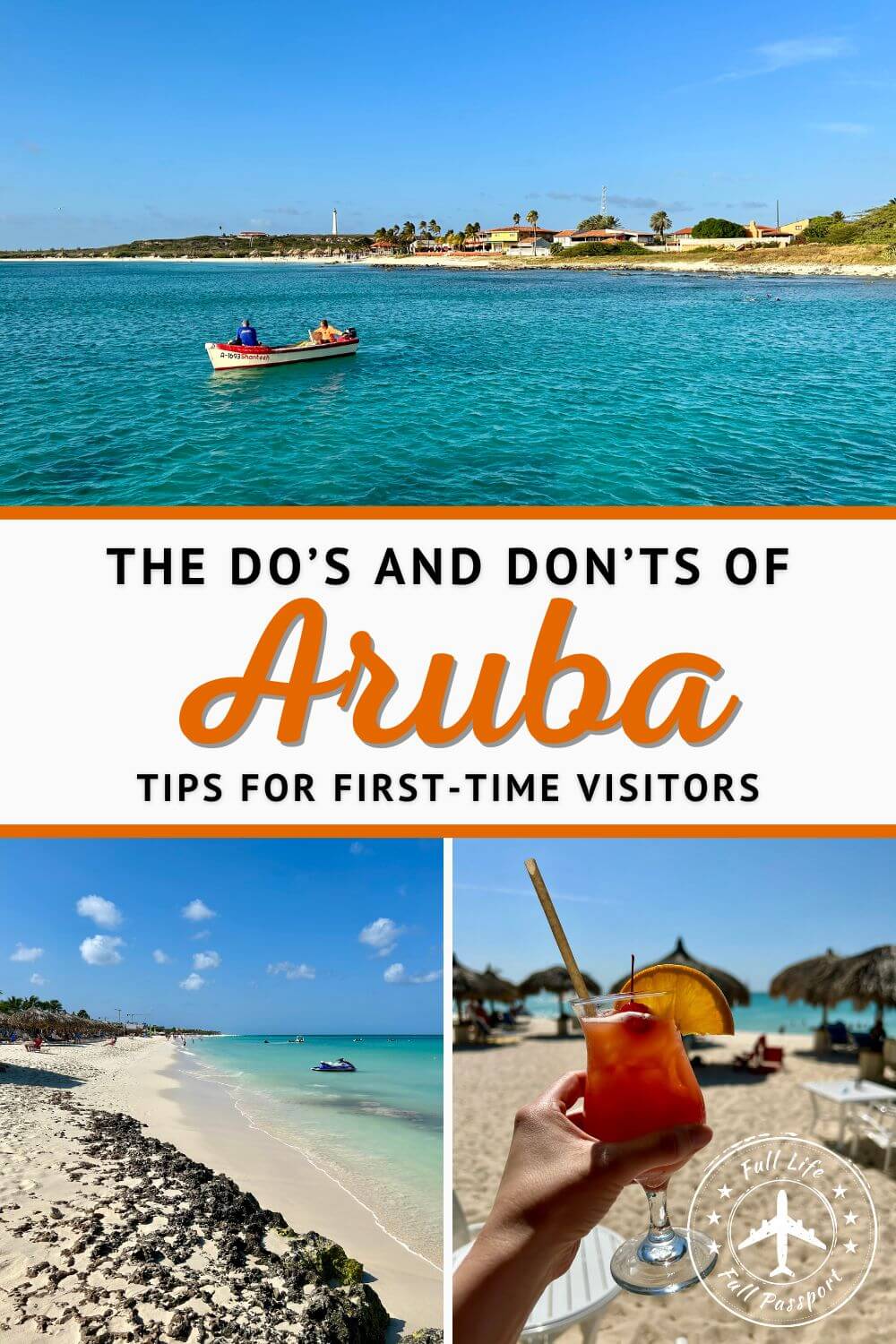
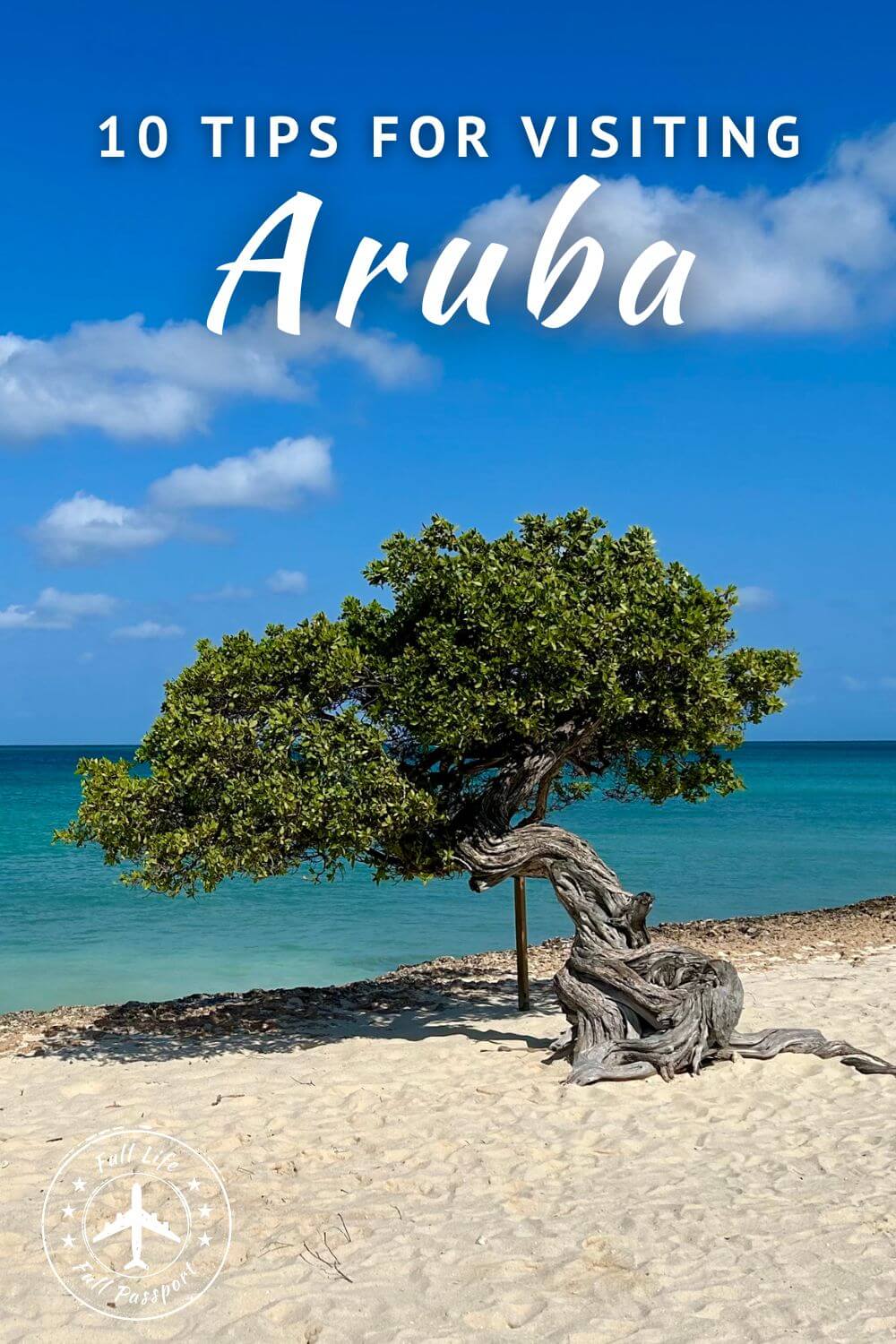

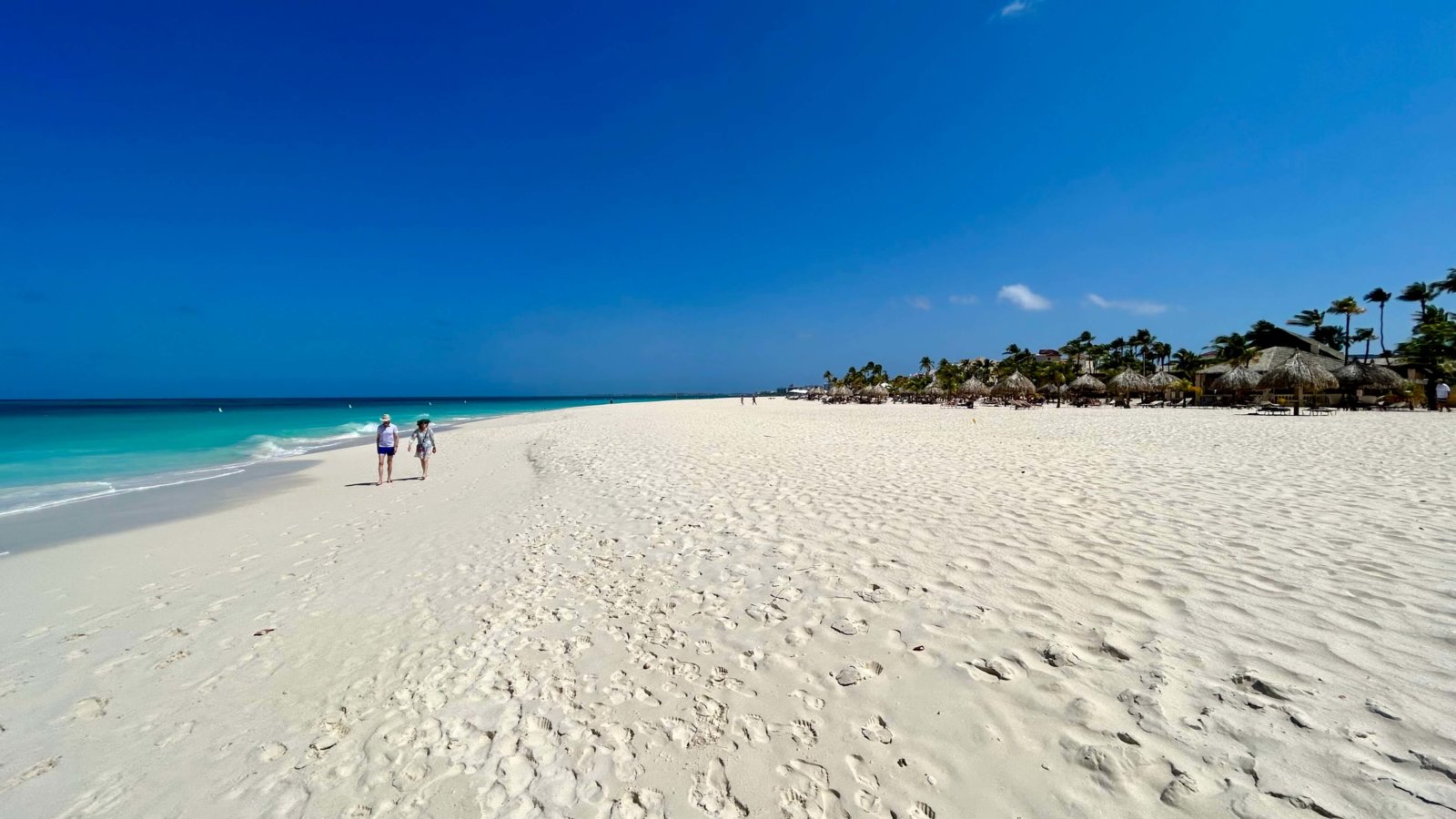
 Beware These 20 Hidden Costs of Travel
Beware These 20 Hidden Costs of Travel
